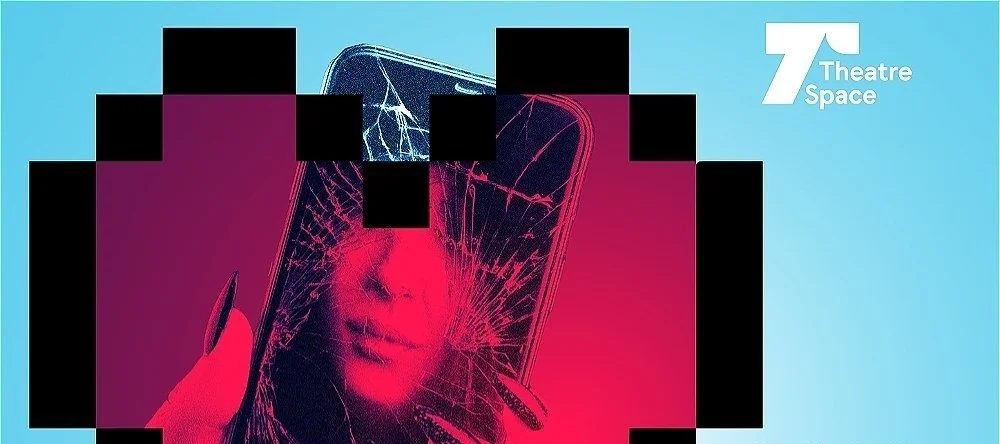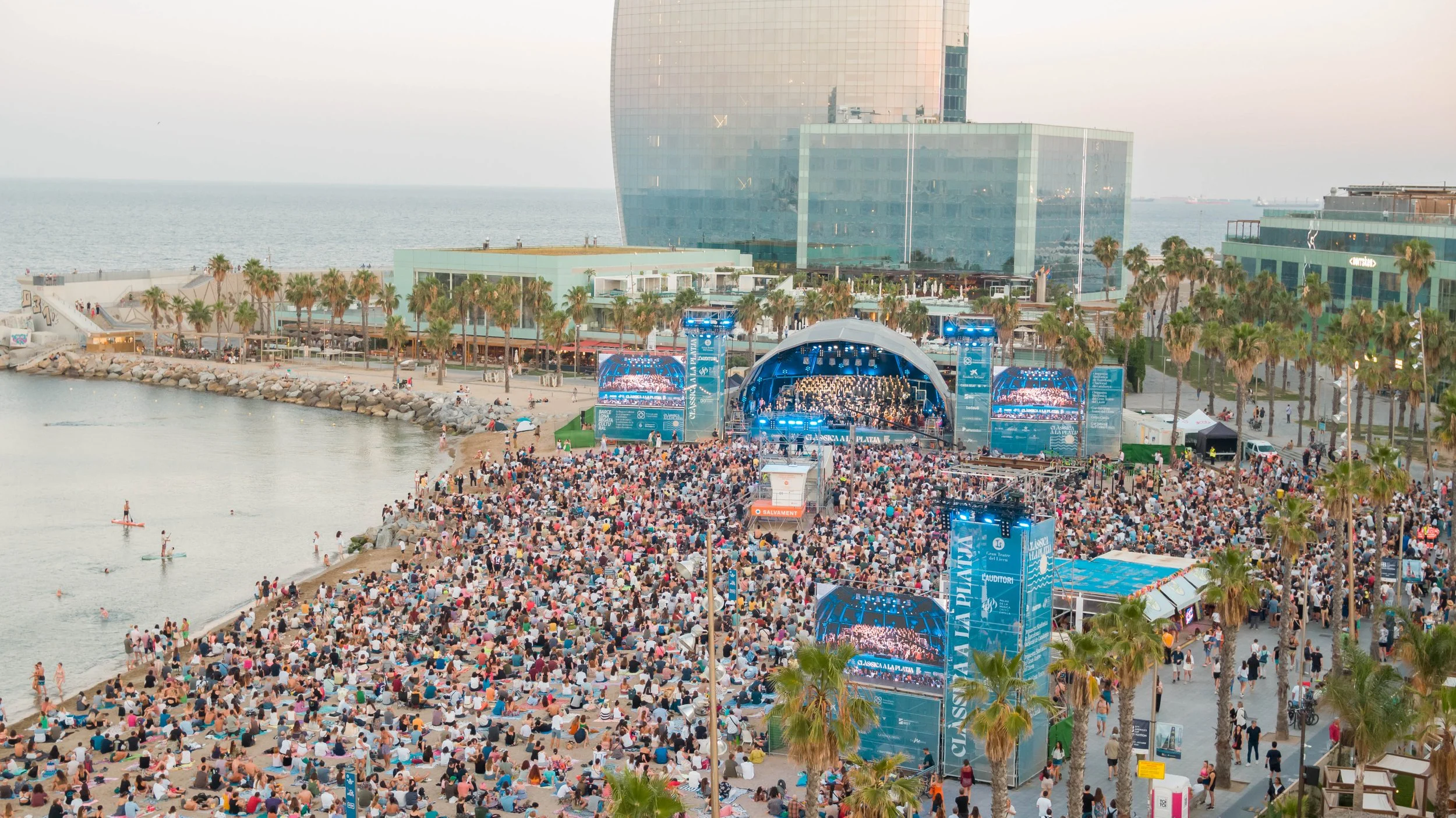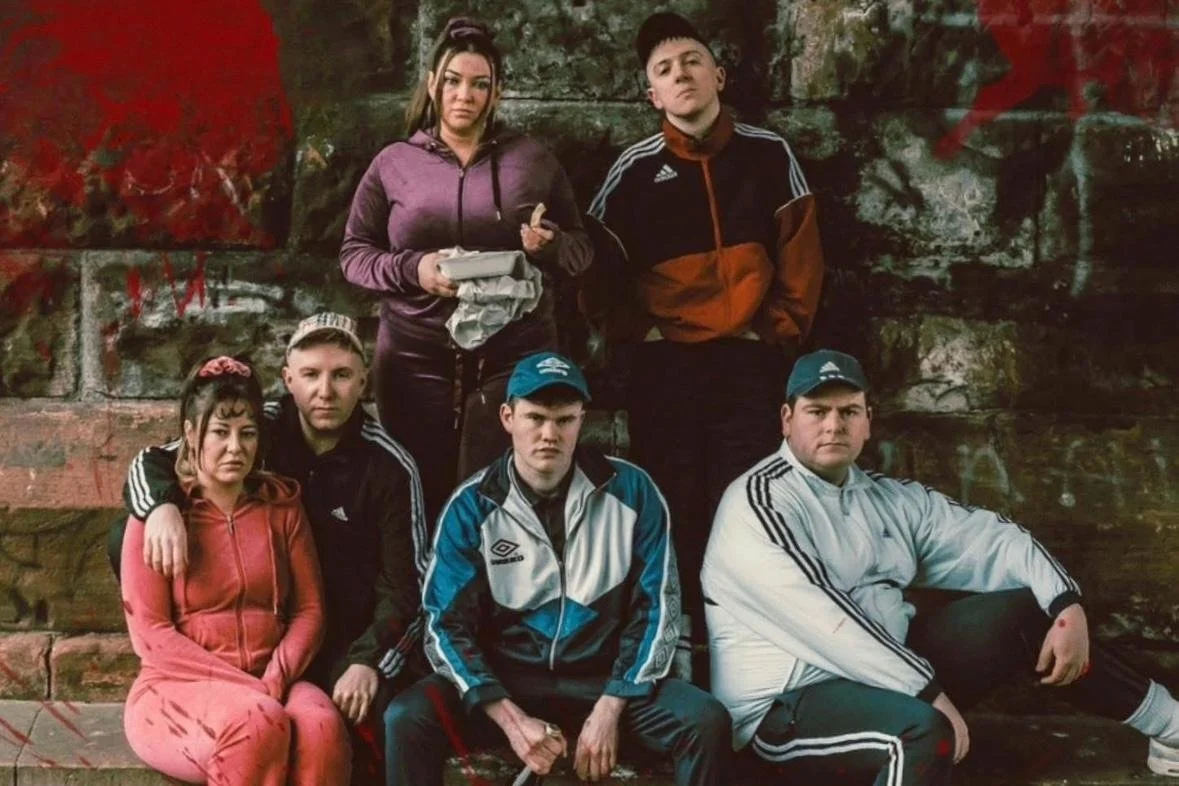More Life, Royal Court Theatre Review
More Life production image. Photo by Helen Murray
Written by Paris for Theatre and Tonic
Disclaimer: Gifted tickets in exchange for an honest review
More Life, written by Lauren Mooney and directed by James Yeatman, currently at the Royal Court Theatre, explores themes of life, death, and technological resurrection. While the premise is intriguing, the execution hesitates to fully confront the darker, more unsettling questions it raises.
The narrative centers on Bridget (Alison Halstead), who, after dying in a car accident fifty years earlier, is revived in 2075 through advanced technology. Her consciousness is uploaded into a synthetic body, forcing her to navigate complex interactions with her now-aged husband, Harry (Tim McMullan), and his second wife, Davina (Helen Schlesinger). The tension between past and present, identity and artificiality, forms the crux of the drama.
Halstead delivers a powerhouse performance, carrying the weight of the play on her shoulders. Her portrayal of Bridget is both commanding and deeply vulnerable, elevating a script that often fails to support its lead. This is bold yet excellent casting, and the show would not be what it is without her. One of the production’s most fascinating choices is the use of multiple actors lending their voices to Bridget, creating a layered vocal effect that shifts depending on how others perceive her—sometimes as an "android," sometimes as the woman she once was (Danusia Samal), and at times as one of the other failed experiments uploaded into the same body. This eerie, thought-provoking technique could have been explored further, as it offers glimpses of the play’s untapped potential.
The production is divided into two acts. The first, steeped in slow-burn Frankenstein-esque horror, follows scientist Victor (Marc Elliott) and his assistant (Lewis Mackinnon) as they attempt to bring Bridget back to the land of the living. The claustrophobic, retro-futuristic gothic setting, brought to life by Shankho Chaudhuri’s scenic design and Ryan Joseph Stafford’s lighting, is undeniably atmospheric. Isobel Pellow’s costumes are another highlight, convincingly futuristic yet understated, adding to the immersive world-building. Small but thoughtful design elements like these make it clear that the production is crafted with creativity and care, resulting in a visually striking and highly professional staging. However, the first act lingers too long, reiterating points already made and slowing the pacing. Halstead’s transformation from a fragile, bewildered presence to an increasingly intimidating and uncontrollable creation holds our attention, but the act overstays its welcome long after its thematic points have landed.
Throughout the play, there’s a reluctance to sit with discomfort. Just as moments threaten to expose raw human emotion, they are often undercut by comic relief, preventing a deeper connection with the characters’ struggles. The script ambitiously touches on multiple themes—class divisions, a tasteless future, our unhealthy obsession with healthism, shifting identities, memory, grief—but lacks a clear focus, resulting in a fragmented narrative that doesn’t fully explore any one idea. The moments when it seems poised to say something profound about human fragility and connection, it holds back, as if unsure of its own message.
The second act offers a more intriguing perspective, challenging the idea that life without emotions or sensations is inherently unworthy. It suggests that even an incomplete existence may be preferable to non-existence, as those still capable of feeling have structured their lives and societies in ways that shield them from emotions until they lose all real impact—a refreshing subversion of the easy, sentimental answers often found in sci-fi narratives. There’s an implicit critique here of contemporary society, where people increasingly choose passive digital interactions over real-world engagement. Yet, this potentially rich theme is never fully grounded. The play never examines the implications of Bridget’s lack of feeling, making it difficult to grasp the true cost of her resurrection. Though effective in its melancholy, the resolution doesn’t quite land with the impact it should.
More Life is elevated by strong performances, particularly from Halstead, and by its stylish production. But its reluctance to embrace the discomfort of its premise results in a missed opportunity to say something fresh about the sci-fi genre or about the existential questions it raises. For those drawn to its aesthetic or curious to see Halstead’s extraordinary performance, it offers moments of satisfaction. However, as a philosophical exploration, it ultimately hesitates where it should push forward.
At the Royal Court Theatre until 8th of March 2025
★★★

















